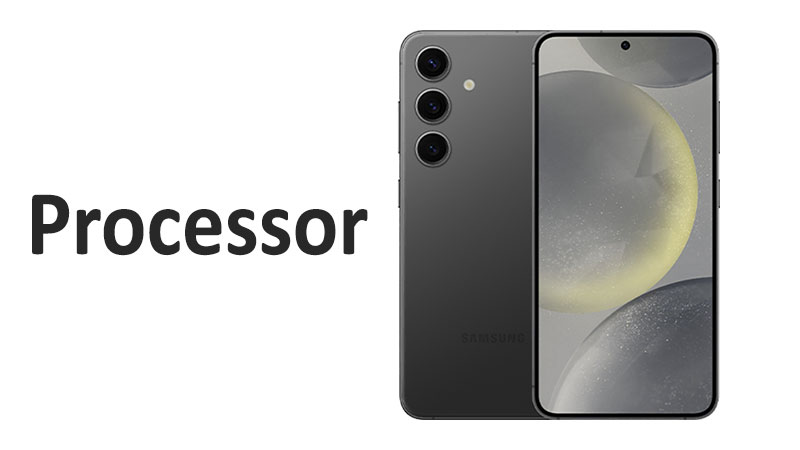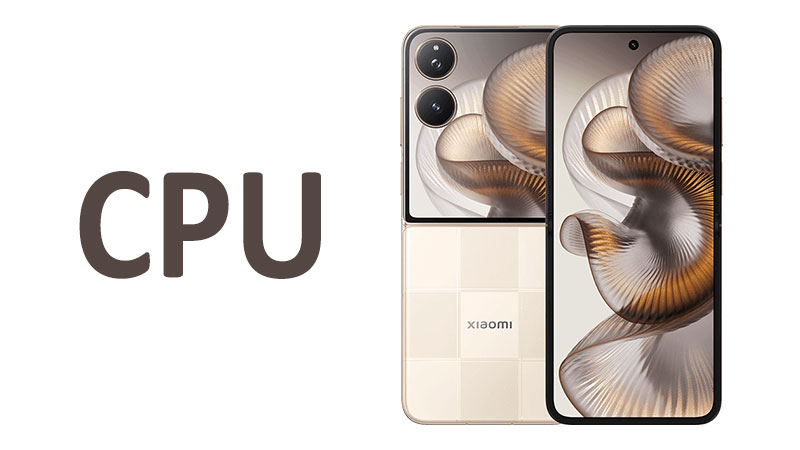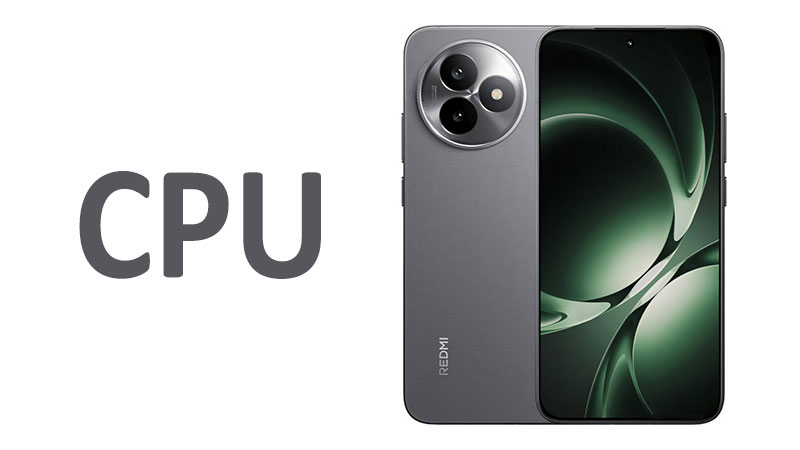The processor is the brain of any smartphone. It dictates speed, efficiency, and overall performance. When considering a flagship device, the Samsung Galaxy S24 processor is a critical factor. Samsung’s decision to use a dual-chipset strategy for the Galaxy S24 lineup has sparked extensive debate among tech enthusiasts. This article provides a comprehensive review of the processors powering the Galaxy S24, analyzing their performance, features, and real-world implications.
A Tale of Two Processors: The Dual-Chipset Strategy
The Samsung Galaxy S24 is not powered by a single processor. Samsung has opted for a regional approach, a practice it had previously abandoned for the S23 series. The choice of chipset depends on your location.
- Qualcomm Snapdragon 8 Gen 3: This powerful chip is featured in the Galaxy S24 models sold in the USA, Canada, and China.
- Samsung Exynos 2400: This is Samsung’s own flagship processor, used in the Galaxy S24 models distributed in international markets.
This distinction is crucial. It means the user experience can vary slightly depending on where the phone was purchased. Let’s delve into the specifics of each chip.
Qualcomm Snapdragon 8 Gen 3 for Galaxy: The Performance King
The Snapdragon 8 Gen 3 for Galaxy is a customized version of Qualcomm’s flagship chipset. It is designed to deliver maximum performance. The “for Galaxy” moniker signifies optimizations specifically for Samsung devices. This chip features an 8-core CPU and the powerful Adreno 750 GPU.
CPU Architecture: The CPU is configured with a high-performance 1×3.39GHz Cortex-X4 prime core. It also has 3×3.1GHz Cortex-A720 and 2×2.9GHz Cortex-A720 performance cores. For efficiency, it includes 2×2.2GHz Cortex-A520 cores. This configuration prioritizes raw power for demanding tasks. The higher clock speeds on the main cores are a key selling point.
GPU Performance: The Adreno 750 GPU is a powerhouse. It offers significant improvements in gaming performance. Benchmarks show it outperforming the Exynos 2400 in most graphic-intensive tasks. This is particularly noticeable in demanding games that use standard rendering. The Adreno 750 also features hardware-accelerated ray tracing, delivering more realistic lighting and reflections in supported games.
On-Device AI and Efficiency: The Snapdragon 8 Gen 3 is built on a 4nm process. This ensures power efficiency and improved thermal management. It also features an advanced AI engine. This powers many of the Galaxy AI features, such as live translation and advanced photo editing. The integrated X75 5G modem provides fast and reliable connectivity, including support for mmWave 5G in the US.
Samsung Exynos 2400: The Homegrown Contender
The Exynos 2400 marks Samsung’s return to its own flagship chip for the S series in many regions. It’s a notable step up from its predecessor, the Exynos 2200. This deca-core (10-core) CPU is a different approach to mobile processing.
CPU Architecture: The Exynos 2400’s 10-core CPU has a different cluster arrangement. It features a single 3.2GHz Cortex-X4 prime core. There are also 2×2.9GHz Cortex-A720 and 3×2.6GHz Cortex-A720 cores. It rounds out the setup with 4×1.95GHz Cortex-A520 efficiency cores. This design aims to offer a balance of power and efficiency by distributing workloads across more cores.
GPU Performance: The Xclipse 940 GPU is based on AMD’s RDNA 3 architecture. This is a significant move for Samsung. In synthetic benchmarks, the Xclipse 940 generally falls behind the Adreno 750. However, it performs very well in ray-tracing tests. This suggests the GPU is optimized for these specific graphical workloads.
AI and Connectivity: Similar to its Qualcomm counterpart, the Exynos 2400 is built on a 4nm process. It has its own AI engine. This powers the same Galaxy AI features available on the Snapdragon models. The modem is an integrated part of the Exynos chip. While functional, some tests suggest the Snapdragon’s modem might be slightly more efficient in certain scenarios.
Samsung Galaxy S24 Processor: Head-to-Head Comparison
The central question for many consumers is which processor is better. Here’s a breakdown of the key differences and what they mean for the user.
Raw Performance (CPU & GPU): In general, the Snapdragon 8 Gen 3 has a slight edge in raw performance. Its higher-clocked cores and superior GPU in rasterized graphics give it an advantage in benchmarks. The difference isn’t massive. For everyday tasks like browsing, social media, and multitasking, both phones feel equally fast and fluid.
The gap becomes more apparent in demanding tasks. Intensive gaming and heavy-duty productivity apps show the Snapdragon’s superior performance. Its GPU can sustain higher frame rates for longer. This is a key advantage for mobile gamers.
Efficiency and Battery Life: This is where the debate gets interesting. Historical data from previous generations often showed the Exynos chips being less power-efficient. However, with the Exynos 2400, Samsung has made significant strides. Real-world battery life tests show a closer race. In some cases, the Exynos model can even offer better battery life for certain common tasks, such as web browsing and video playback. This is attributed to its 10-core CPU design, which may handle light workloads more efficiently.
Thermal Management: Both processors can get warm under sustained load. The compact form factor of the Galaxy S24 can be a limiting factor for cooling. Some reports indicate that the Exynos 2400 might run slightly warmer on average. This can lead to more aggressive thermal throttling during long gaming sessions. The Snapdragon version, while still throttling, sometimes maintains its peak performance for a longer duration.
Pros and Cons of the Samsung Galaxy S24 Processor Situation
Pros:
- Exceptional Performance: Regardless of the chipset, the Galaxy S24 delivers a top-tier flagship experience. Both the Snapdragon 8 Gen 3 and the Exynos 2400 are incredibly fast and capable.
- Seamless User Experience: The performance differences are often minimal in real-world use. The vast majority of users will not notice a difference in daily operation.
- Advanced AI Features: Both processors are optimized for the on-device Galaxy AI features. This means a consistent AI experience for all users, regardless of region.
- Strong Upgrade: Both chips represent a significant performance leap over their predecessors. The Exynos 2400, in particular, has closed the performance gap with its Snapdragon counterpart.
Cons:
- Regional Fragmentation: The dual-chipset strategy creates an inconsistency. Consumers in different regions receive slightly different hardware. This can lead to confusion and a perception of an unfair trade-off.
- Benchmark Discrepancies: While real-world differences are minor, the fact that one version consistently scores higher in benchmarks is a point of contention for power users and tech reviewers.
- Potential for Inconsistent Updates: Historically, maintaining two different chipsets has sometimes led to varied update timelines. However, Samsung has been working to unify this process.
Important Points for a Buyer or Reader to Know
- Don’t Overthink It: For the average user, the choice of chipset is not a deal-breaker. The overall performance, camera quality, and software experience are remarkably similar.
- Focus on Your Use Case: If you are a heavy mobile gamer, the Snapdragon version might give you a slight edge in performance and sustained frame rates. If your primary concern is all-day battery life for general use, the Exynos model might be a strong contender.
- Check Your Region: Be aware of which version is sold in your country. This information is readily available online. Do not import a phone from another region unless you are comfortable with the potential modem and network compatibility issues.
- AI is Consistent: All the marquee Galaxy AI features, like “Circle to Search” and “Live Translate,” are available on both versions. The processors are powerful enough to handle these tasks on-device.
Conclusion: A Remarkable Step Forward
The Samsung Galaxy S24 processor story is complex. It’s a tale of two different, yet equally powerful, chipsets. The Qualcomm Snapdragon 8 Gen 3 for Galaxy and the Samsung Exynos 2400 both represent the pinnacle of mobile processing technology. While the Snapdragon holds a slight lead in raw performance and gaming benchmarks, the Exynos 2400 has proven itself to be a highly capable and efficient contender.
For most people, the difference in real-world use is negligible. Both processors provide a fast, smooth, and intelligent smartphone experience. Samsung has successfully delivered a truly premium device, regardless of the chipset. The key takeaway is that the days of a clear “winner” and “loser” between Exynos and Snapdragon are largely over. Consumers can confidently purchase the Galaxy S24, knowing they are getting a powerhouse phone with a top-tier processor at its core.
FAQ
The Galaxy S24 and S24+ use either the Snapdragon 8 Gen 3 or the Exynos 2400. The S24 Ultra is exclusively equipped with the Snapdragon 8 Gen 3 globally.
No, both the Snapdragon 8 Gen 3 and the Exynos 2400 are optimized to run all of the on-device Galaxy AI features. The user experience for AI is consistent across both versions.
Both new processors are a significant upgrade over the Snapdragon 8 Gen 2 for Galaxy found in the S23 series. They offer faster CPU and GPU performance, as well as enhanced AI capabilities.
The easiest way is to check the phone’s model number or the “About phone” section in the settings. You can also use a third-party app like CPU-Z to get detailed information about your device’s chipset.



